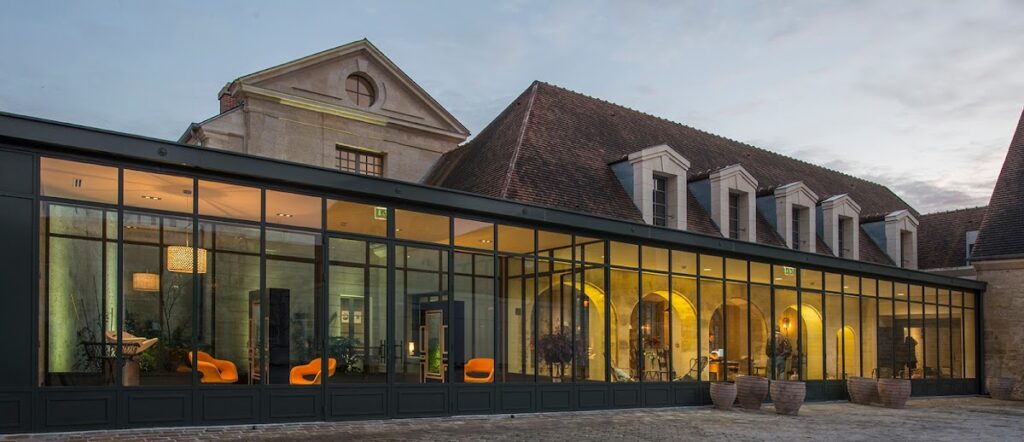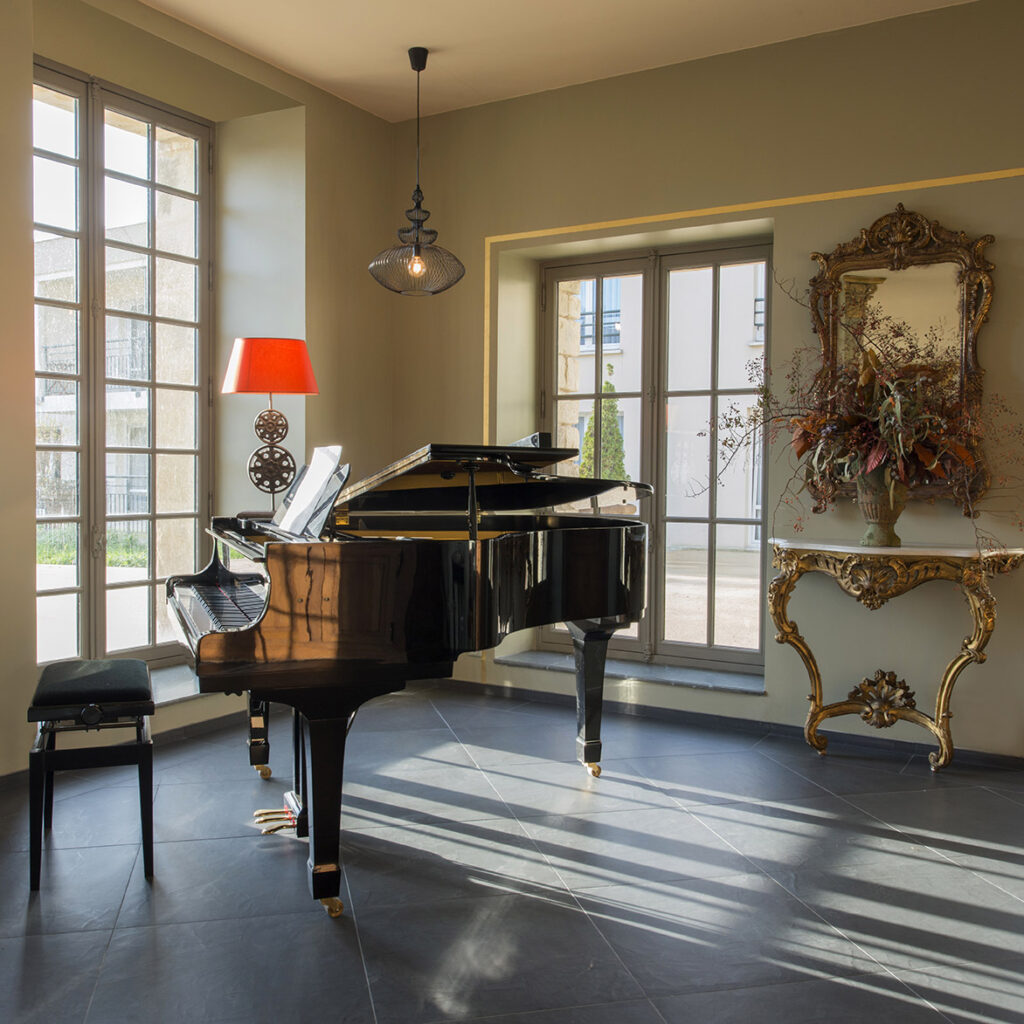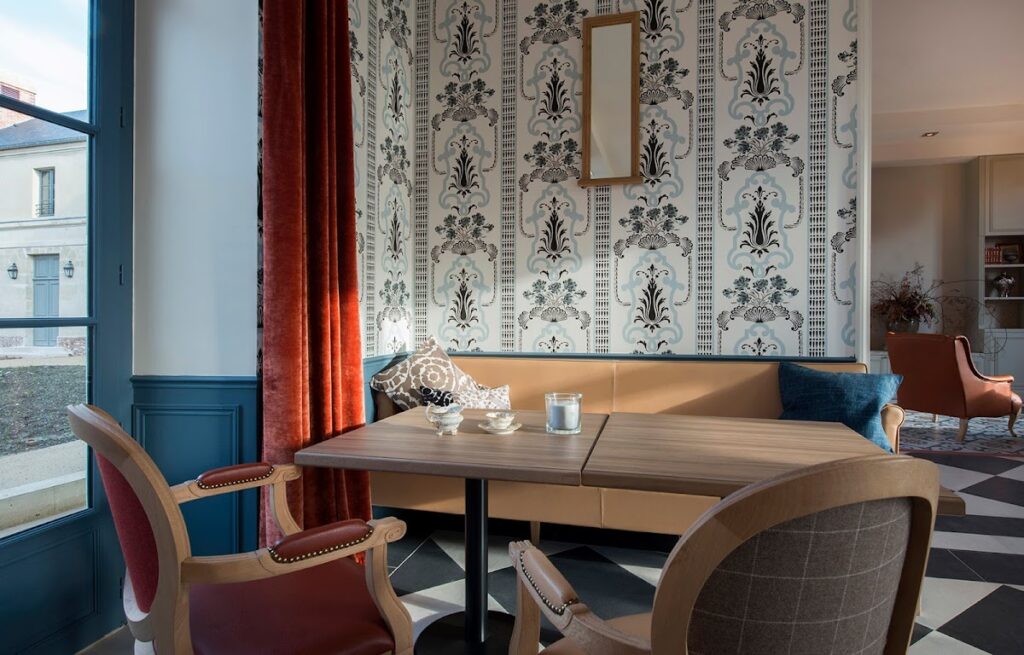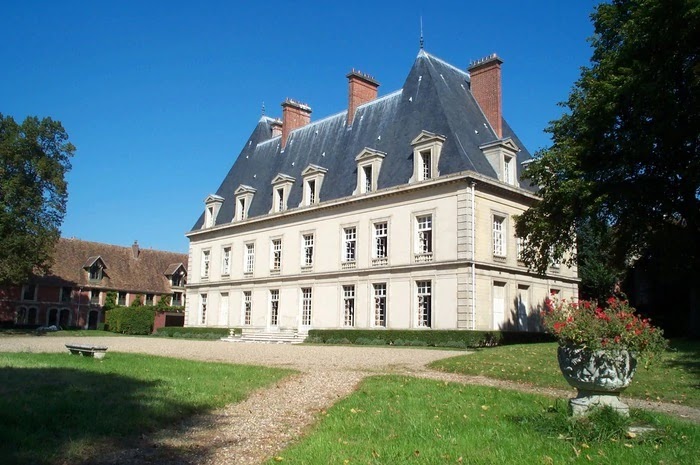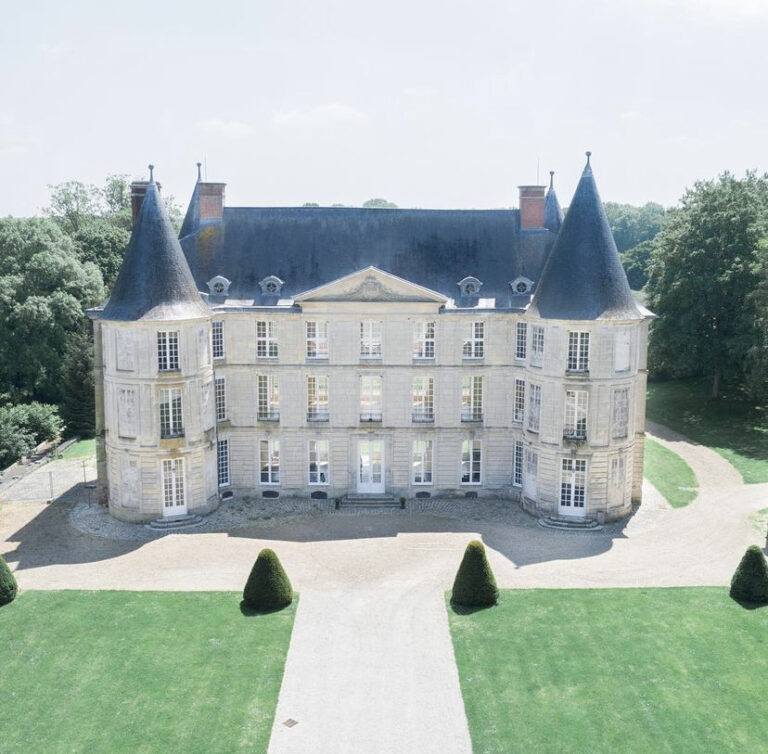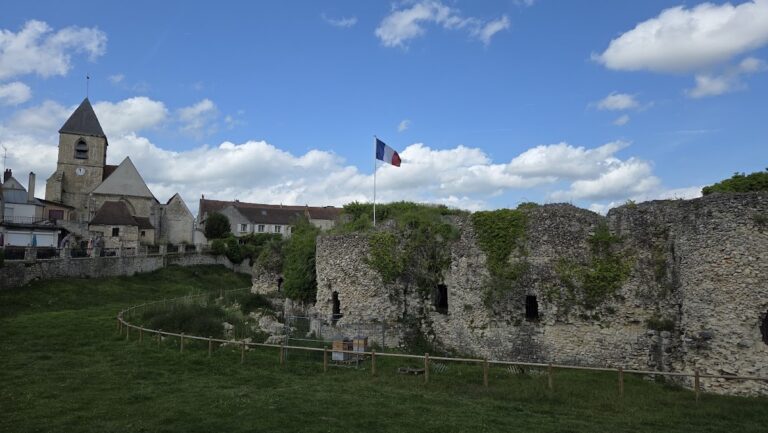Château de Neuville-sur-Oise: A Historic French Noble Estate
Visitor Information
Google Rating: 3.3
Popularity: Very Low
Google Maps: View on Google Maps
Official Website: www.residences-ehpad.com
Country: France
Civilization: Unclassified
Remains: Military
History
The Château de Neuville-sur-Oise is situated in the municipality of Neuville-sur-Oise, France. The estate was built by successive generations of French nobility, reflecting centuries of aristocratic presence in the region.
The origins of the seigneurie of Neuville date back several centuries, initially belonging to the Deliès de Pontoise family. This family traced its lineage to the Valois dynasty, an important royal house in French history. Ownership later passed to the barons of Conflans, among whom Charles de la Grange stood out. As the baron of Conflans in the mid-17th century and father to Anne de La Grange-Trianon, Charles oversaw the construction of the château’s central body and two wings between 1640 and 1654. This period shaped the core architectural form recognized today.
In 1775, the estate changed hands to Florimond, Count Mercy d’Argenteau, who served as Austrian ambassador in France during the reigns of Louis XV and Louis XVI. His role included surveillance of Queen Marie-Antoinette, highlighting the château’s connection to key diplomatic and political activities on the eve of the French Revolution. Following the revolution, the property was sold to a merchant named Picquefeu. Seeking to distance the estate from its feudal past, Picquefeu destroyed all feudal records and titles associated with the château.
The 19th century brought renewed attention under the Cornudet des Chomettes family, who acquired the château in 1822. This wealthy family, intertwined with prominent political and aristocratic networks, initiated significant renovations that included repairs to the roofing, facades, woodwork, and window frames. Their stewardship extended into the early 20th century, during which the family further connected with other noble lineages through marriage.
By the mid-20th century, Bertrand de La Poëze d’Harambure became the owner through marriage to Jeanne de Chabrillan. Serving as mayor of Neuville-sur-Oise from 1959, Bertrand played an active role in local development, notably donating land for the village’s central square. However, as the new town of Cergy-Pontoise emerged, the château’s extensive lands—some 130 hectares at the time—were progressively expropriated. This process culminated in the property’s sale to a public institution in 1989.
After acquisition by the public authority, the château experienced neglect and vandalism, leading to its deterioration. In 2001, local efforts, including those by the mayor, led to the establishment of a retirement center on the grounds by the Epinomis group. Before the 1989 sale, valuable furnishings and statues were removed, with portions transferred to Paris and to the Artstetten imperial castle in Austria. Remaining items were sold at local auctions. The château’s archives, a substantial collection of around 220 cartons, were preserved at the Val-d’Oise departmental archives. These documents provide a detailed record covering the estate’s evolution from its feudal origins through the Ancien Régime into modern aristocratic life.
Remains
The Château de Neuville-sur-Oise’s present-day structure is defined by a central body flanked by two wings, all built during the construction phase from 1640 to 1654 initiated by Charles de la Grange. This arrangement reflects classic French château design of the 17th century, emphasizing symmetry and proportion. The building underwent important restorative work in the 19th century, including updates to its roofs, facades, woodwork, and window frames which helped preserve its architectural integrity.
Surrounding the château, historical records indicate the presence of a large formal garden arranged as a parterre, an 18th-century style garden with geometric patterns and neatly trimmed flower beds. These gardens were documented through period reconstructions, which also reveal views extending from a lateral alley, adding depth and perspective to the landscape.
Additional structures once formed part of the estate’s complex. Among them, a dovecote (colombier) remains evident. This tower served as housing for pigeons, a common feature in French noble estates, reflecting both practical and status-related functions. Photographs depict this building near the main outbuildings, suggesting its continued presence through later centuries.
At the entrance to the château grounds, two stone pillars from the former main gateway survive today on rue du Pont. These elements mark the site’s historic boundaries and would have once framed the principal approach to the estate, underscoring the property’s significance and controlled access.
Within the grounds lies the “Pavillon d’Amour,” a small pavilion located in what was formerly the château’s park. Though details about its construction are limited, such structures typically served as ornamental retreats or leisure spaces within grand gardens, adding architectural interest and variety to the setting.
Throughout the 20th century, the estate encompassed extensive cultivated land, totaling around 130 hectares. These grounds reflected both economic activity and landscape design consistent with aristocratic rural properties of the time.
Collectively, these features document the château’s sustained occupation, adaptation, and use over many centuries, preserving its role as an important cultural and historical landmark in the region.
